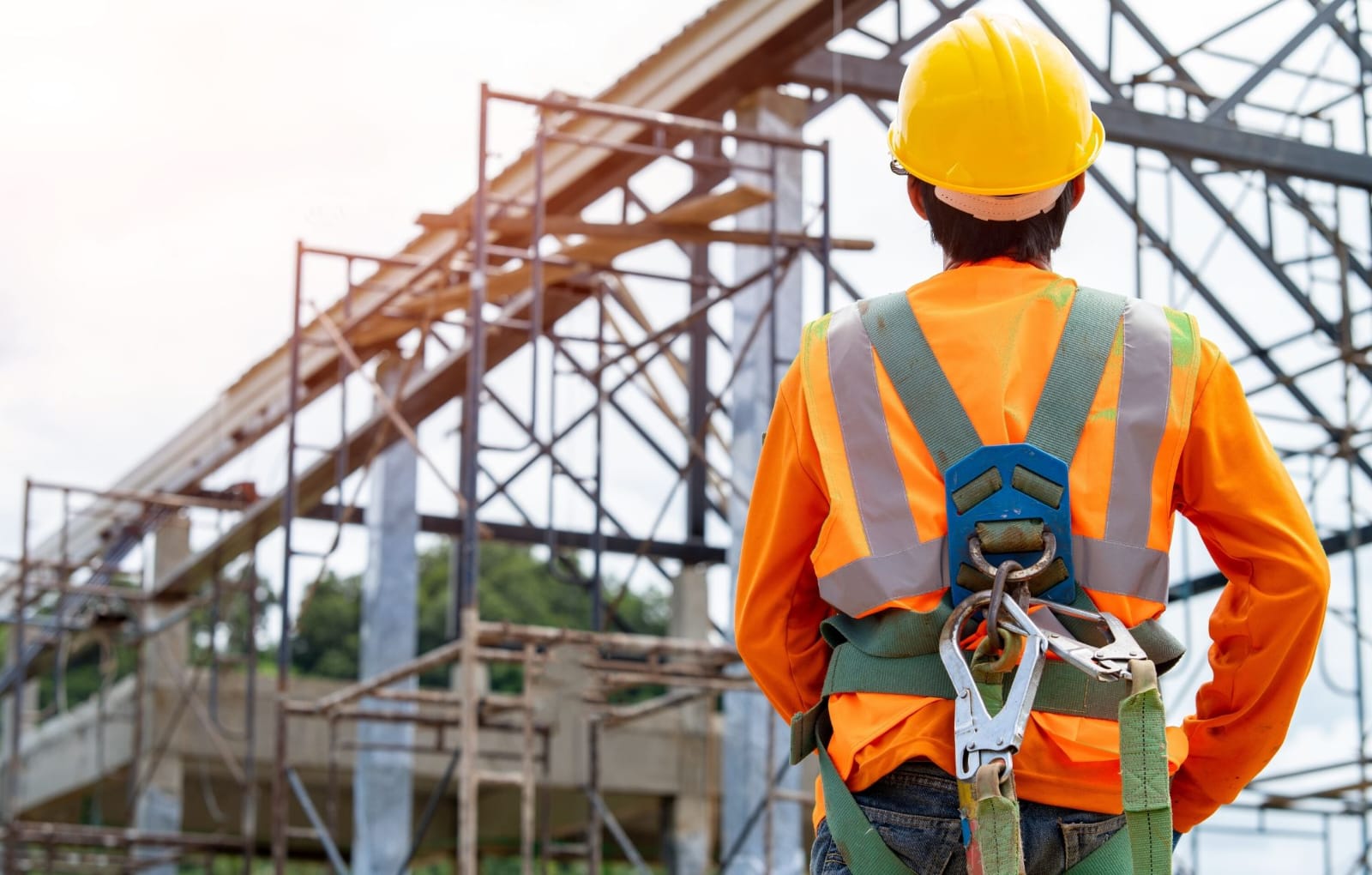Blog Post
Importance of quality in building reinforcement
Quality Reinforcement: The Pillar of Durable Structures

As we stand before towering skyscrapers, awe-inspiring bridges, and stately homes, it's easy to forget the intricate craftsmanship and careful planning that go into constructing these marvels of human engineering. At the heart of every robust and enduring structure lies a critical component that often goes unnoticed by the casual observer: building reinforcement. In this blog, we will venture beyond the surface and explore the profound significance of quality in building reinforcement. Through a deeper understanding of this essential practice, we'll uncover how it underpins not only the longevity and safety of structures but also impacts cost-efficiency, environmental sustainability, and compliance with stringent regulations.
The Foundation of Safety
Beyond the aesthetic appeal of architectural masterpieces, the true measure of a building's worth is its ability to provide a safe and secure environment for its occupants. Quality building reinforcement is the linchpin in achieving this fundamental objective.
Structural Integrity: One of the primary functions of reinforcement is to bolster the structural integrity of a building. This involves strategically placing materials like rebar and steel mesh within concrete to create a composite structure that can withstand immense loads without succumbing to deformation or catastrophic failure. In essence, it's the difference between a building that stands tall for generations and one that crumbles under pressure.
Resistance to Environmental Factors: Nature is an unrelenting force, subjecting buildings to a barrage of challenges, from the battering of storms to the rumbling of earthquakes. Quality reinforcement materials, when thoughtfully integrated, enable structures to defy these adversities. In regions prone to seismic activity, for instance, reinforcing structures with steel can dissipate seismic energy, dramatically reducing the damage and potential loss of life.
Longevity: A building's life span is inextricably tied to the quality of its construction, and proper reinforcement is the linchpin for longevity. By minimizing the risk of cracks, corrosion, and other forms of degradation, it ensures that a structure stands the test of time. This translates to less frequent and less costly maintenance and repairs, ultimately saving both time and money.
Cost-Efficiency
While the initial cost of employing high-quality reinforcement materials and techniques might seem substantial, it proves to be a prudent investment over the building's lifetime. Opting for quality reinforcement mitigates the need for frequent repairs and renovations, which can be prohibitively expensive. By enhancing a structure's resilience and reducing long-term maintenance expenses, quality reinforcement contributes to cost-efficiency.
Safety Regulations and Standards
In the realm of construction, safety is not just a matter of choice; it is often a matter of legal obligation. Building reinforcement is regulated by stringent safety standards and building codes. These regulations are designed to safeguard occupants and ensure that structures can withstand foreseeable challenges. Non-compliance with these regulations can lead to legal repercussions, making adherence to quality reinforcement practices not just a matter of best practice but also a matter of legal necessity.
The Role of Technology
In recent years, technology has revolutionized the field of building reinforcement. Computer-aided design (CAD) and Building Information Modeling (BIM) have improved the precision of reinforcement plans, minimizing errors and streamlining communication among stakeholders. Advanced materials and construction methods have enhanced durability and cost-efficiency. Real-time monitoring ensures the structural health of reinforced elements. Moreover, construction management software, like Q-Cop, has become instrumental in project coordination. These software solutions provide a centralized platform for communication, document management, quality check and project tracking, ensuring that reinforcement plans are executed accurately and efficiently of top quality. Technology's impact extends to sustainability, with innovations in materials and practices contributing to environmentally conscious building reinforcement.
Conclusion
Building reinforcement is the main pillar of construction, quietly ensuring the structural soundness, longevity, and safety of our built environment. The profound importance of quality in building reinforcement transcends aesthetics and convenience; it safeguards lives, resources, and the environment. Whether you are a construction professional striving to uphold the highest standards or an individual concerned about the safety of the structures you inhabit, recognizing the pivotal role of quality in building reinforcement is a testament to the wisdom that underpins every solid foundation in the world of construction.